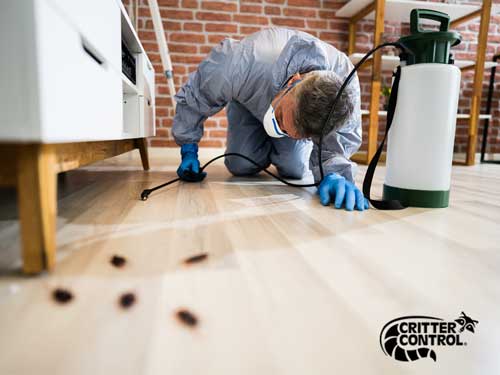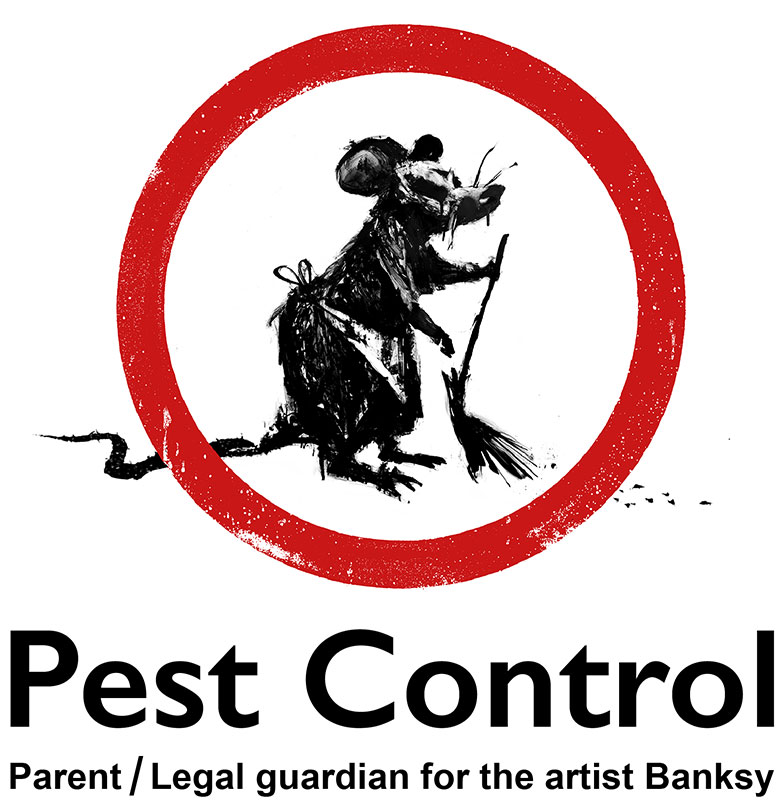Top-Rated Pest Control Homestead Business for Your Comfort
Top-Rated Pest Control Homestead Business for Your Comfort
Blog Article
Ultimate Guide to Bug Control: Techniques, types, and advantages
Pest control is a critical facet of keeping a healthy and balanced and risk-free atmosphere, whether it remain in household, business, or agricultural settings (Pest Control Homestead). Understanding the benefits, methods, and kinds of parasite control techniques can dramatically influence the effectiveness of insect administration methods. By exploring the diverse range of strategies readily available, one can customize bug control initiatives to certain requirements and obstacles, making certain a lasting and extensive option. The world of parasite control is complex, with numerous devices and approaches at one's disposal.
Value of Insect Control
Parasite control plays a crucial duty in preserving the wellness and safety and security of both property and commercial settings. By effectively taking care of and eliminating organizations, people and parasites can avoid the spread of illness, secure property from damages, and make sure a sanitary and clean living or working area. Pests such as insects, termites, and rodents can posture significant wellness risks to humans and animals by infecting food, transmitting conditions, and creating allergic responses. In addition, insects can trigger structural damages to structures and framework, resulting in expensive repairs and possibly jeopardizing the security of residents.
Executing regular pest control measures not just safeguards the physical wellness of people however also adds to their psychological health by developing a secure and comfy environment without the annoyances and disruptions created by insects. Furthermore, in business setups, parasite control is vital for preserving a favorable online reputation, adhering to health and safety and security guidelines, and guarding the well-being of employees and customers. Generally, the significance of parasite control can not be overemphasized in protecting the health, safety and security, and general high quality of life in both domestic and business spaces.
Typical Pest Control Strategies
Provided the essential duty that pest control plays in securing health and wellness and home, it is necessary to explore efficient methods for managing and eradicating bugs. Usual bug control strategies include a variety of approaches customized to certain insect types. Physical techniques entail making use of obstacles, traps, or internet to avoid parasites from entering or to capture them. Organic control uses all-natural killers or pathogens to regulate insect populaces, reducing the need for chemical interventions. Chemical control, such as pesticides, is commonly utilized however calls for mindful application to lessen ecological influence. Additionally, incorporated parasite administration incorporates various techniques to attain lasting insect reductions while decreasing threats to human wellness and the community. Social strategies, like appropriate waste management and preserving sanitation, also play a crucial role in pest avoidance. Inevitably, one of the most reliable pest control technique typically includes a combination of methods personalized to the certain pest varieties and the setting in which they stay.

Organic Bug Control Approaches
When thinking about environmentally-friendly methods to taking care of parasite populations, natural pest control techniques provide a sustainable solution. One common natural parasite control approach is biological control, which includes presenting all-natural killers, parasites, or virus to control insect populaces.
One more effective organic parasite control technique is making use of natural pesticides stemmed from natural resources such as minerals, bacteria, or plants. These pesticides target particular bugs while reducing damage to beneficial insects and the ecosystem. Neem oil, as an example, is a prominent natural pesticide that disrupts the development and recreation of different parasites without causing harm to other microorganisms.
Cultural techniques like crop turning, companion growing, and preserving appropriate plant health likewise fall under organic insect control approaches. By minimizing and click over here now producing a well balanced environment bug susceptabilities, these methods aid avoid parasite infestations without the requirement for harmful chemicals. Organic insect control methods not just secure the atmosphere but additionally promote long-term and sustainable bug administration solutions.
Kinds of Insect Control Solutions
Taking into consideration the varied approaches readily available for managing pest populations, an essential element to check out next is the series of solutions offered under the umbrella of parasite control. Bug control solutions can be extensively classified into three main types: property bug control, business pest control, and integrated bug management (IPM)
Residential bug control services focus on managing and removing insects commonly found in homes, such as ants, termites, roaches, and rats. These solutions often include the application of risk-free yet effective therapies to secure the health and security of locals.

Integrated Insect Monitoring (IPM) takes a holistic method to pest control by incorporating biological, social, physical, and chemical methods to manage insect populations properly while lessening dangers to human health and the setting. IPM concentrates on lasting avoidance and sustainable parasite administration methods.
Integrated Insect Management Technique
An integrative technique to pest monitoring, understood as Integrated Insect Monitoring (IPM), incorporates different methods to successfully regulate pest populaces while lessening dangers to human health and wellness and the environment. Pest Control Homestead. IPM concentrates on preventing parasites with a combination of organic, cultural, physical, and chemical control techniques. By making use of an alternative technique, IPM aims to attend to the origin of pest invasions instead than simply dealing with the signs and symptoms
One trick aspect of IPM is using biological controls, such as presenting all-natural predators or virus to handle pest populaces. This technique reduces the dependence on chemical pesticides, thus reducing the total environmental impact. Social controls entail changing the bug's environment to make it less congenial, useful content while physical controls include making use of barriers or traps to leave out or record insects.
IPM likewise highlights tracking and routine examination to evaluate pest levels properly and establish the most proper control approaches. By incorporating visit this website these varied strategies, IPM provides a sustainable and efficient method to pest administration that promotes long-lasting options while safeguarding human health and the environment.

Conclusion
By making use of various strategies such as organic techniques and incorporated insect monitoring, people can effectively take care of and prevent insect problems. In general, implementing correct bug control actions can help shield property, plants, and human wellness from the hazardous results of insects.
Understanding the benefits, methods, and types of bug control techniques can substantially impact the effectiveness of insect administration approaches. Usual parasite control techniques encompass a range of techniques customized to particular pest kinds. One typical natural pest control technique is organic control, which entails introducing all-natural killers, bloodsuckers, or virus to manage parasite populations.An integrative method to pest monitoring, recognized as Integrated Bug Monitoring (IPM), integrates various methods to successfully manage pest populations while reducing risks to human health and the atmosphere. Cultural controls involve modifying the parasite's habitat to make it much less hospitable, while physical controls include the usage of obstacles or traps to leave out or catch parasites.
Report this page